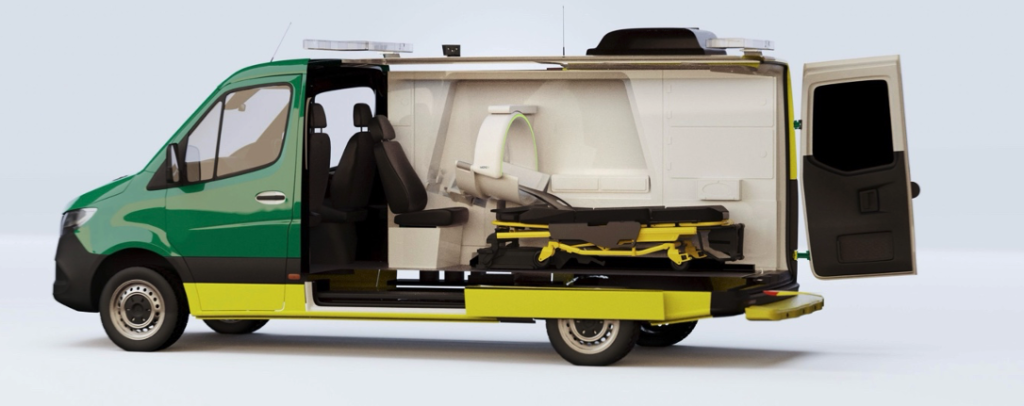Meet one of our Australian commercial partners: Micro-X
When a person has a stroke, the clock starts counting down. The intervening ‘golden hours’ to diagnosis and treatment significantly affect survival rates and long-term outcomes.

Getting a diagnostic image of the brain quickly is critical for doctors to determine whether the stroke has been caused by clot or haemorrhage. If it’s a clot, a clot-busting drug can be administered, however that treatment could potentially kill a patient with haemorrhagic stroke.
CT scanners are large, expensive and difficult to run, and patients need to be transported to where the machine is to get the diagnostic image. Sometimes, patients need to be transferred again to a hospital with surgical capabilities. Meanwhile, the clock is still counting down.
Micro-X was the first to introduce carbon nanotube technology into x-ray tubes in the healthcare sector. The Adelaide-based company is now shrinking their x-ray tubes down to the size of a sushi roll and miniaturising a CT machine to bring diagnosis to the patient at the point of care. The CT devices are being designed to fit in a normal ambulance or retrieval aircraft, taking the weight of the scanner down from 600 kilograms to 75 kilograms.
While the mobile stroke units being trialled in Melbourne have demonstrated the value in bringing stroke diagnosis to the patient, Micro-X’s technology will change how imaging on the road is done. A part of the program with the Australian Stroke Alliance will bring the innovative technology to world-first imaging trials of patients in standard-sized ambulances and aircraft.
Micro-X is through the proof of principle phase and has replicated the miniature CT scanner with test benches. Initial image reconstructions using a sparse array of imaging tubes have shown soft tissue and structure inside the brain. Over the coming six months the company will continue to advance image quality ahead of committing to patient trials.